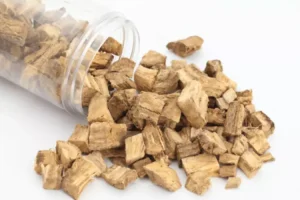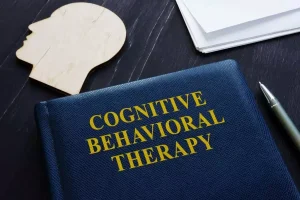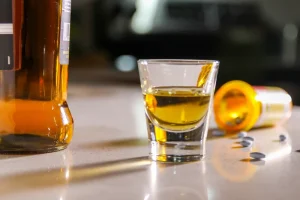
Support and treatment options are available to guide individuals through this process and help them break free from the cycle of alcohol use disorder and sugar cravings. To fill this void, some individuals may turn to sugar as a substitute. It activates the reward centers in the brain, releasing dopamine and providing a momentary boost in mood. However, this temporary relief can lead to a cycle of cravings and consumption, perpetuating the connection between alcohol use disorder and sugar cravings.

Proven Methods on How to Stop Alcohol Addiction
Thus, understanding your cravings, tracing their root cause, and arming yourself with effective coping methods could turn this seemingly rocky journey into a smoother path towards recovery. Then find healthier alternatives to satiate why do alcoholics crave sugar your cravings, such as fruits and increasing your protein intake. Emotional support from friends, families, or support groups can do wonders. Coaching can provide individualized strategies factoring your particular state and needs.
- Explore how spirituality and recovery intertwine to enhance well-being, health outcomes, and holistic patient care.
- It is important to find a personalized approach that suits your individual needs and preferences.
- These nutrient deficiencies can trigger sugar cravings as the body seeks a quick source of energy to compensate for the lack of essential nutrients.
- Recovering from alcohol addiction involves more than just physical healing; it also requires attention to psychological and emotional well-being.
- Some other substitutes people might turn to include food, nicotine, marijuana or other drugs.
Finding Balance and Mindful Eating Practices
- If you are considering quitting, please reach out and I can put you in contact with the right resources.
- So, when you pull out the alcohol card from the game, your body stages a sugar protest, making you crave that sweet, sweet rush.
- In summary, the inherent dangers of sugar addiction in alcoholics underscore the importance of addressing both alcohol and sugar addiction in the recovery process.
- This supports the argument that nutrition can play a significant role in aiding the recovery process and managing sugar cravings among recovering alcoholics.
- And I was left with my sober lifestyle—and all the lovely health benefits that have come with it.
- Due to the addictive nature of alcohol, individuals who have gone through alcohol addiction may find themselves seeking alternative sources of pleasure and reward.
- Last year, we expanded our services to include robust mental health treatment, a new outpatient location, and specialized programming for our nation’s veterans, with more to come this year!
If you’re tired, you are more likely to reach for a sugary treat or a pick-me-up in the afternoon. Protect your sleep by getting to bed at a reasonable hour, use a diffuser with lavender, white noise, magnesium supplements, eye mask, whatever you need to do to get 7-8 hours of shut eye. Learning to https://ecosoberhouse.com/ work through difficult emotions and handle these challenges in more productive ways can improve your relationships and overall well-being, not to mention help reduce the urge to drink. Of course, addressing your triggers at the source can also go a long way toward helping you make lasting changes.

What is Dual Diagnosis Treatment?
Residents at The Sanctuary Recovery Foundation support and encourage one another to stay on track. While this statement does oversimplify things to grab your attention, it also has some truth to it. While sugar affects your brain’s reward system slightly differently, the effect is similar overall, and both can be very habit forming. Dr. David Deyhimy, with over 20 years of experience, is a board-certified physician in addiction medicine and anesthesiology based in Orange County.
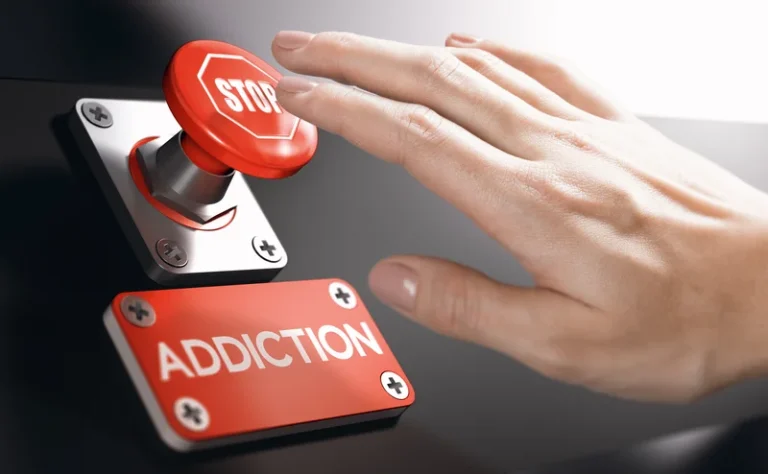
In addition to biological factors, psychological and nutritional factors also play a role in sugar cravings among individuals with alcohol use disorder. By examining all these factors holistically, it becomes possible to develop comprehensive approaches to breaking the cycle of alcohol use disorder and sugar cravings. Both alcohol and sugar throw a party for your brain's reward system, but secretly they also have a tumultuous affair with your blood sugar levels. Depending on your drink of choice, alcohol can be rife with simple sugars and rapidly absorbed carbohydrates, boosts your blood sugar levels swiftly.
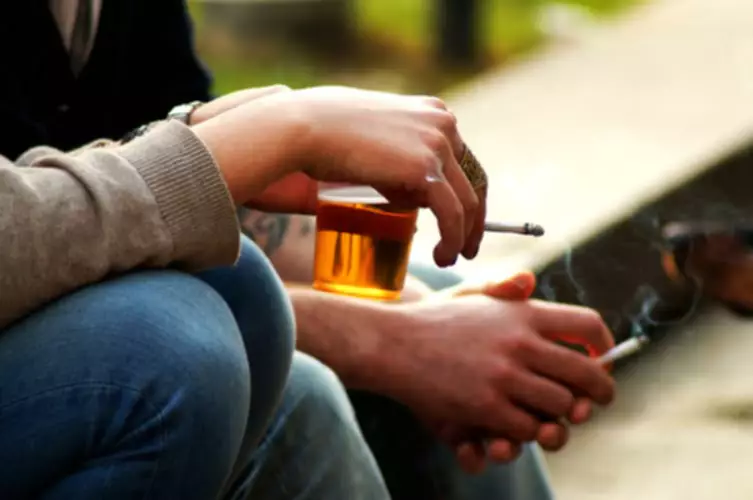
An Effective Rehab Program Ensures That You Don’t Cave to Sugar or Other Addictive Substances
This depletion can result in various deficiencies, including B vitamins, magnesium, zinc, and others. By creating a supportive environment both at home and work, you can set yourself up for success in managing sugar cravings. Remember that it's okay to indulge in moderation, but prioritizing whole foods and balanced nutrition is key to supporting your recovery. Alcohol disrupts metabolism, normal hunger/fullness cues, and can produce massive blood sugar swings. These fluctuations in blood sugars can cause cravings for sweets or other high carbohydrate foods.
Stimulants Increase Sugar Cravings
The answer lies in the connection between sugar addiction and alcoholism, and the role of dopamine deficiency in cravings. Sugar cravings in individuals recovering from alcohol addiction can be due to replacing one craving with another. Sugar can become a substitute for the pleasurable effects of alcohol, giving individuals a sense of control and familiarity. However, it is important to develop healthier coping mechanisms and address underlying emotional issues. Seeking professional support and therapy can assist in developing effective strategies for emotional regulation and reducing reliance on sugar.

